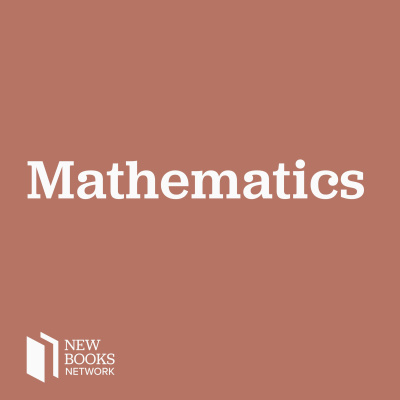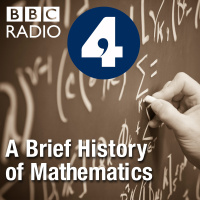Synopsis
Interviews with Mathematicians about their New Books
Episodes
-
Leila Schneps and Coralie Colmez, “Math on Trial” (Basic Books, 2013)
13/03/2013 Duration: 59minYou may well have seen “Numb3rs,” a TV show in which mathematicians help solve crimes. It’s fiction. But, as Leila Schneps and Coralie Colmez show in their eye-opening new book Math on Trial: How Numbers Get Used and Abused in the Court Room (Basic Books, 2013) math does play a role in criminal prosecution. Alas, it’s often bad math and, as such, often leads to bad outcomes: people get off who shouldn’t and others get convicted who shouldn’t. Schneps and Colmez show how math has been misused in ten interesting (and disturbing) cases. In some instances the errors are trivial; in others rather complex. But they all add up (excuse the pun) to injustice. Listen in and find out how and why.Learn more about your ad choices. Visit megaphone.fm/adchoices
-
Catherine Jami, “The Emperor’s New Mathematics: Western Learning and Imperial Authority During the Kangxi Reign (1662-1722)” (Oxford UP, 2012)
19/10/2012 Duration: 01h09minChallenging conventional modes of understanding China and the circulation of knowledge within the history of science, Catherine Jami‘s new book looks closely at the imperial science of the reign of the Kangxi Emperor (r. 1662-1722). It focuses on the history of mathematics in this context, but situates the story of mathematics and Kangxi within a larger framework that extends from the late Ming through the years after Kangxi’s reign, and treating much more than mathematics in the course of the analysis. The Emperor’s New Mathematics: Western Learning and Imperial Authority During the Kangxi Reign (1662-1722) (Oxford University Press, 2012) takes us from the beginning of Western learning in China in the late Ming dynasty through the commissioning by Kangxi of a massive compendium that was the largest mathematical work ever printed in imperial China. Along the way, Jami’s work surveys the changing pedagogy of imperial mathematics in late imperial China, the crucial role that materialit
-
Roger Hart, “The Chinese Roots of Linear Algebra” (Johns Hopkins UP, 2011)
27/07/2012 Duration: 01h07minRoger Hart‘s The Chinese Roots of Linear Algebra (Johns Hopkins University Press, 2011) is the first book-length study of linear algebra in imperial China, and is based on an astounding combination of erudition and expertise in both Chinese history and the practice and history of linear algebra. Alternating among an interdisciplinary array of materials and ideas that range from the Nine Chapters on the Mathematical Arts to modern matrix theory, Hart argues for the importance of visualization to the solution of linear algebra problems in China in the years before Leibniz. In the course of a detailed and exhaustive account of fangcheng practice, Hart explores issues of primary importance to the history of science broadly writ, including the relationship and distinction between popular and elite knowledge, the challenges of inferring and extracting historical practices from the textual record, and the challenges of translating scientific terminology across the languages and cultures of the past and present












